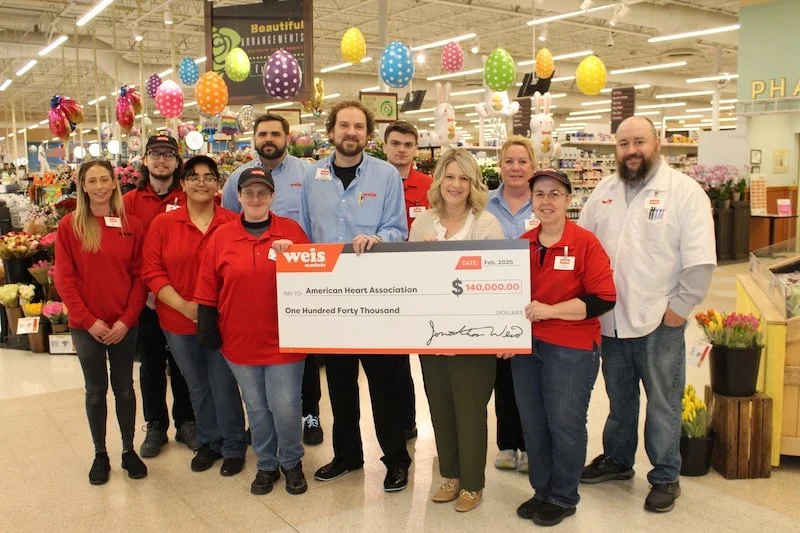Supermarket of the future: The need for data driven characteristics
By Martin Smethurst, Managing Director EMEA, Trax
Forbes recently made a claim that grocery stores of the future will share three characteristics: reduction in size and scope of centre-store grocery, hyperlocal micro-fulfilment and order pickup, and they will be checkout-free.
However, if retailers and consumer goods manufacturers continue to fail to deliver great availability and brand visibility at the shelf, a redefinition of the traditional store will still not help the save high street.
A fall in time shouldn’t mean a fall in sales
Reducing the size and scope of the centre-store grocery as a result of the push button laziness of consumerism will benefit the speedier shopping experience consumers now look for. In fact, the amount of time customers spend shopping has fallen from 12 hours per month in 2003 to 10 hours in 2018.
Yet, along with a falling shopping time, the average person’s attention span when standing at a shelf is now just eight seconds. With 70% of purchase decisions being made at the shelf, these eight seconds are the most important for CPGs and retailers to understand. Reducing the size and scope of the offering will not ensure the sale of the products that are on offer.
Instead, stores need to understand who is visiting their shelves, what products they are choosing and why. Footfall detectors are not enough to tell us this. Grocery stores must embrace technology to get a real-time view of how consumers are influenced by product placement – or in many cases, a lack of product at all.
Out-of-stock, out of pocket
Checkout-free stores are a great alternative to stand-in-line stores, supporting the reduction in time people want to spend physically shopping. But of course, if products are unavailable or poorly merchandised, consumers will choose not to buy. Unsurprisingly, 4% of sales are lost due to products being out-of-stock. Customers are no longer prepared to locate new products and so find it easier to go online.
In any store, when a product is out-of-stock, it can sometimes take a substantial amount of time for the store assistants to notice. In this time, no one can take the product to the checkout, whether it is there or not, to make the purchase. To prevent customers shopping elsewhere (including online), grocery stores must prioritise investing in technology that can help keep track of out of stock levels and ensure planogram compliance in each store.
For example, technology that can provide instant notifications of when a product becomes unavailable has the capability to improve out of stock levels greatly, something far more important to sales than checkout-free capabilities. Real-time notifications speed up the process of re-stocking and therefore fuel a more positive shopping experience.
Using computer vision technology, grocery stores could also gain insight into the on-the-spot decisions customers make when their desired product is not available. This data would enable retailers to optimise space and assortment to best benefit their sales.
One step at a time
Perhaps the message here is to slow down. Before rushing into large investments in dramatic changes in the ‘store of the future’, supermarkets need to make the most of the data already available to them and future-proof the high street.










Continue reading…